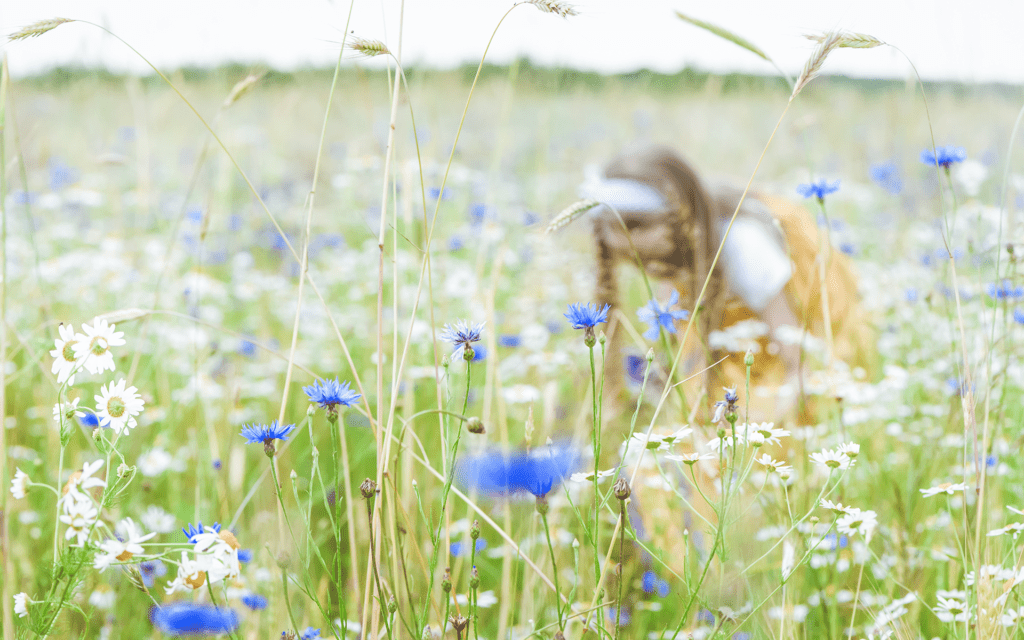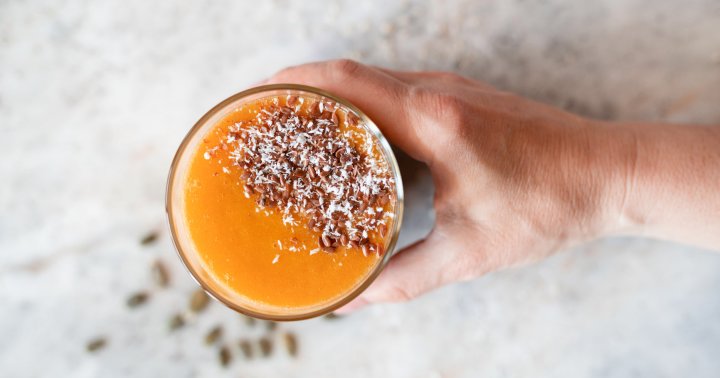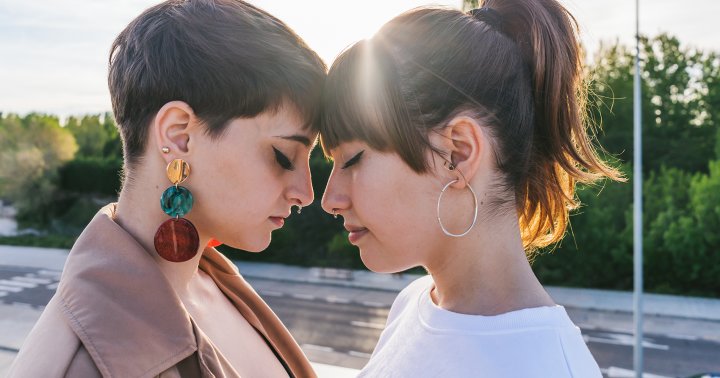The Mindful Art of Foraging
Chelsea Fuss explores how the art of gathering wildflowers lets us embrace openness, presence, and imagination, all while feeling more at home in our corner of the world. The post The Mindful Art of Foraging appeared first on Mindful.

The idea of foraging—whether for flowers, dye plants, or just decorative ones—has had a resurgence in recent years. But what is it? Isn’t it just a funny excuse for stealing your neighbor’s flowers?
Foraging is, at its essence, about searching. Searching for herbs, berries, blossoms, and fruit for decorating or eating. Perhaps it is the search that makes this practice so intriguing in our modern world, forcing us to slow down and notice every nook and cranny as we scour the landscape for ingredients.
Searching was exactly what I was doing when I left a settled life in the United States to traipse around Europe with a backpack, working on organic farms for 10 months. Looking back, I remember searching for flowers and plants all along my travel route, among all the other things I seemed to be searching for involving every cliché of home, community, love, and self. I gathered bouquets wherever I went, whether it was saving rose blossoms from the compost on a Brittany farm, scouring a Gotland forest for autumn berries, or clipping olive branches on the outskirts of Beja, Portugal.
I turned to flowers for meditation, play, and a sense of grounding while so far from home. Though I’ve worked with flowers as a florist and stylist for over twenty years, this relationship with flowers was different.
Foraging for wild stems offered the healing that I’d been craving during that time.
Once I found the cadence of the landscape and seasons in my small village, everything else I’d made before felt a bit contrived, and the new floral creations began to flow in an effortless sort of way. I am convinced anyone can find the pulse of their local landscape and culture to create flower arrangements that grow literally and visually from their surroundings.
Let the Flowers Lead the Way
I prefer to think of flower arranging as taking a small sampling of nature inside; a few blooms from the corner of a pasture, a pocket of weeds, or an overhanging vine found on a walk adds life and vibrancy to any room.
There are no right or wrong ways to arrange flowers if you work as instinctively as possible, tune in to yourself, and gather the ingredients that speak to you. I think flowers should be playful and fun and never too serious.
There are no right or wrong ways to arrange flowers if you work as instinctively as possible, tune in to yourself, and gather the ingredients that speak to you.
Rarely planning out an arrangement from start to finish, rather—much like how one might shop the farmers market for produce in the summer—I let myself be inspired by what is in season. And when creating a composition, I don’t always set out with an expected shape or color scheme; instead I follow the curve of a vine and nature’s color palette of the moment. I err on the side of unruly and primitive, as opposed to symmetrical and manicured. I like to capture the essence of a freestyle flower meadow in a vase by seeking out flowers that are soft and blowsy, even when shopping at a grocery store.
Forget everything you think a flower arrangement should look like. Don’t be afraid for flowers to overlap as they do in nature, to wilt, to dry, or to change, embracing their wild state. Find out what your local landscape produces best, as well as the specialties of your local markets and shops. Go your own way, with the materials around you.
Add Color and Depth
I like to focus on how the blooms add to the existing story of a room instead of making them the center of attention in a grand way. Formal flowers that call attention to themselves are perfectly beautiful in the right context, but in most of our homes they would feel like museum pieces that can’t be touched. Instead, finding ways to include bits of imperfection in our everyday world feels more natural.
A pitcher of summer wildflowers, gathered at all stages of life, adds depth to a corner of a room, creating a dynamic element in the interior landscape. When flowers are nestled organically into the design of the room, they feel like an essential element of the household.
Consider the Context
In addition to starting with local flora, context is a key element of a floral arrangement and the foundation from which every other element will naturally grow. Let your current home, tastes, and local specialties inspire the style and composition of your arrangements. Each flower has its own personality and mood; find what is right for your space. Take cues from the wall colors, furniture, and collections you already own, and consider that most likely the best flowers for your space are the ones you can find within a short walk from home.
Each flower has its own personality and mood; find what is right for your space.
Once I tried to use store-bought ranunculus in my country cottage, but they felt too domesticated for my rustic space. It turns out, the best flowers for me to use in my plaster-walled, crooked-floored house were the ones I grew or could find right in my neighborhood.
Use containers that are already in your space—drinking glasses, cereal bowls, grandma’s tea jar, ceramics that you already love—and fill them with the flowers that you are drawn to. Even a single stem of grass can make a difference to the energy of a room.
I also think about context in terms of how I’ve seen flowers used. And this can be very personal. You will have your own associations for flowers. For instance, alstroemeria is a flower hat I grew up seeing at the wholesale market and at grocery stores, covered in plastic sleeves and beloved for its long vase life. For me, it will always symbolize a grocery store, and I just can’t get beyond it. On the other hand, a branch of lilac will always remind me of my childhood gardens in New Hampshire, where I instinctively gathered branches in the rain for youthful, unconsidered bouquets. But for you, these flowers might have a different association.
Embrace Lifespan
I like to experience the full lifespan of flowers as much as possible. To me, flowers are what pets are to some other people—they keep me company, changing every day and bringing a dynamic piece of life to my space. Because of this, I like the idea of embracing their changing forms over a long vase life.
I recently made a small arrangement with a morning glory vine, a plant many consider to be invasive and problematic in their gardens. (I see it growing in parking lots and nearly covering abandoned buildings, so for me, it is a reminder of nature overtaking an urban landscape.)
Since morning glory flowers only last a day, I plucked each blossom off the vine once it was spent, and each morning a new one appeared. In total the vine lasted only about three days in a warm room, but the experience was interactive, full of life, change, and death. What a great reminder to adjust our expectations of cut flowers and accept flowers as they naturally are.
Excerpted from Field, Flower, Vase: Arranging and Crafting with Seasonal and Wild Blooms by Chelsea Fuss, Abrams Books, 2021.

 Aliver
Aliver 































